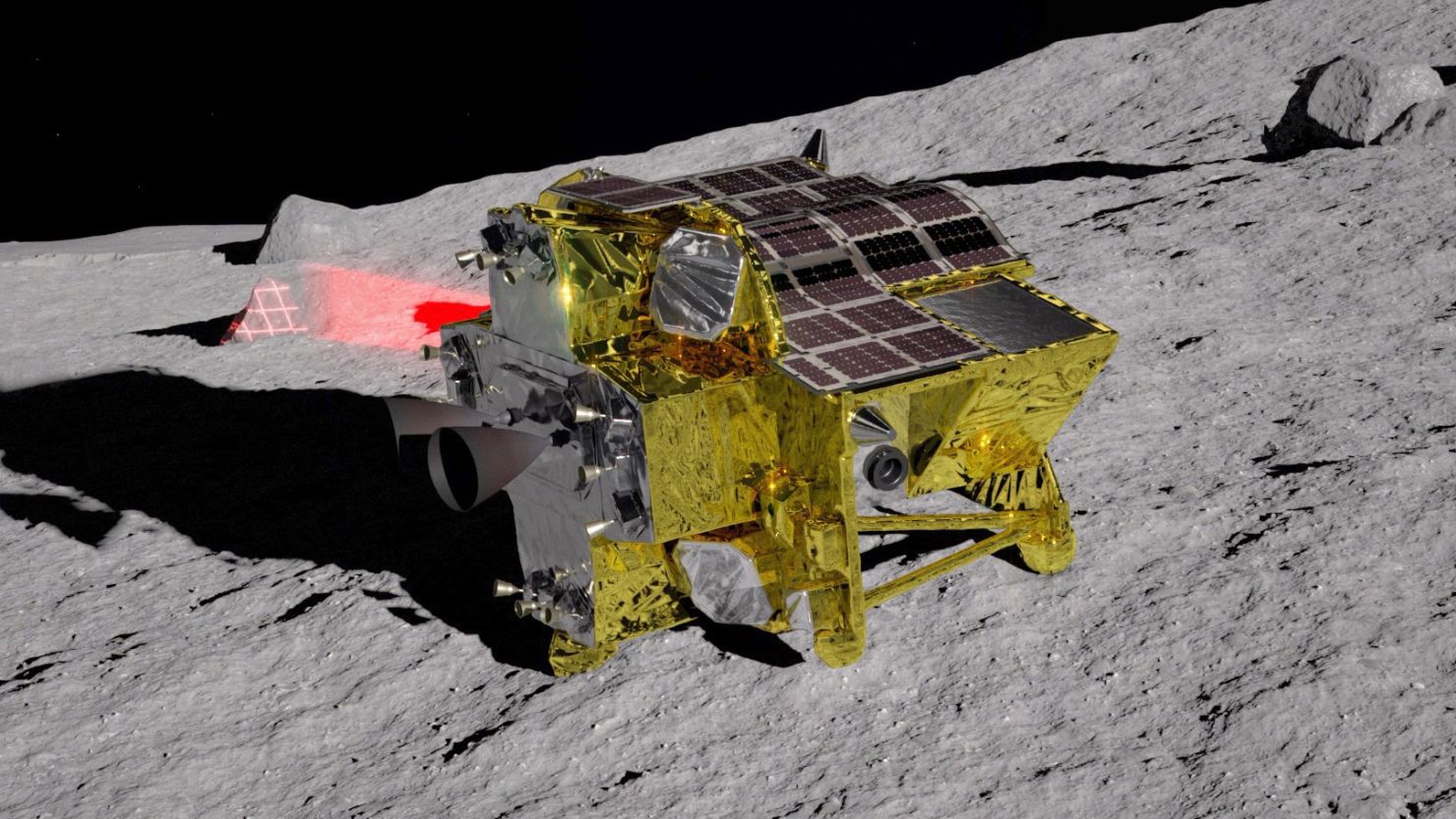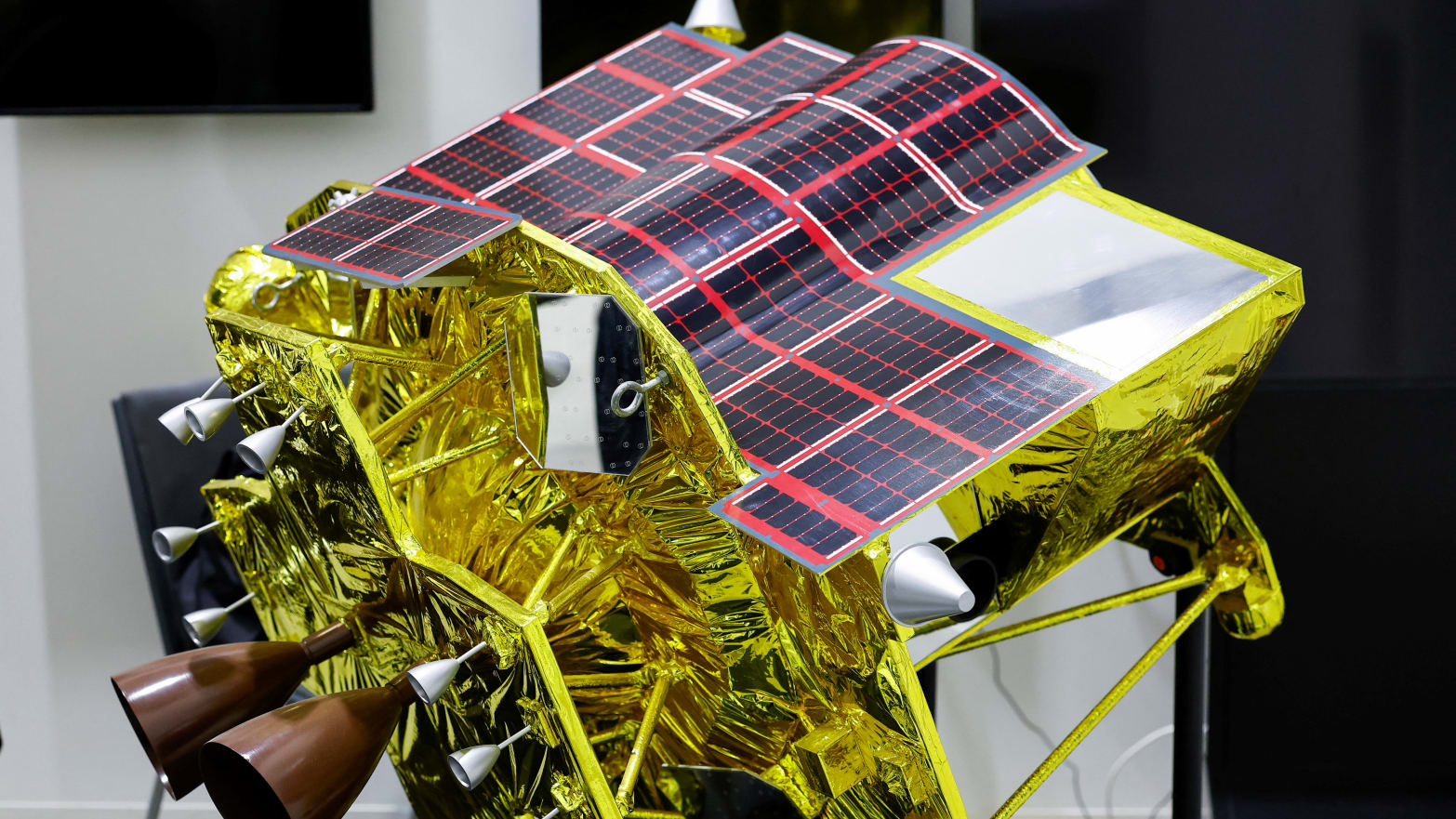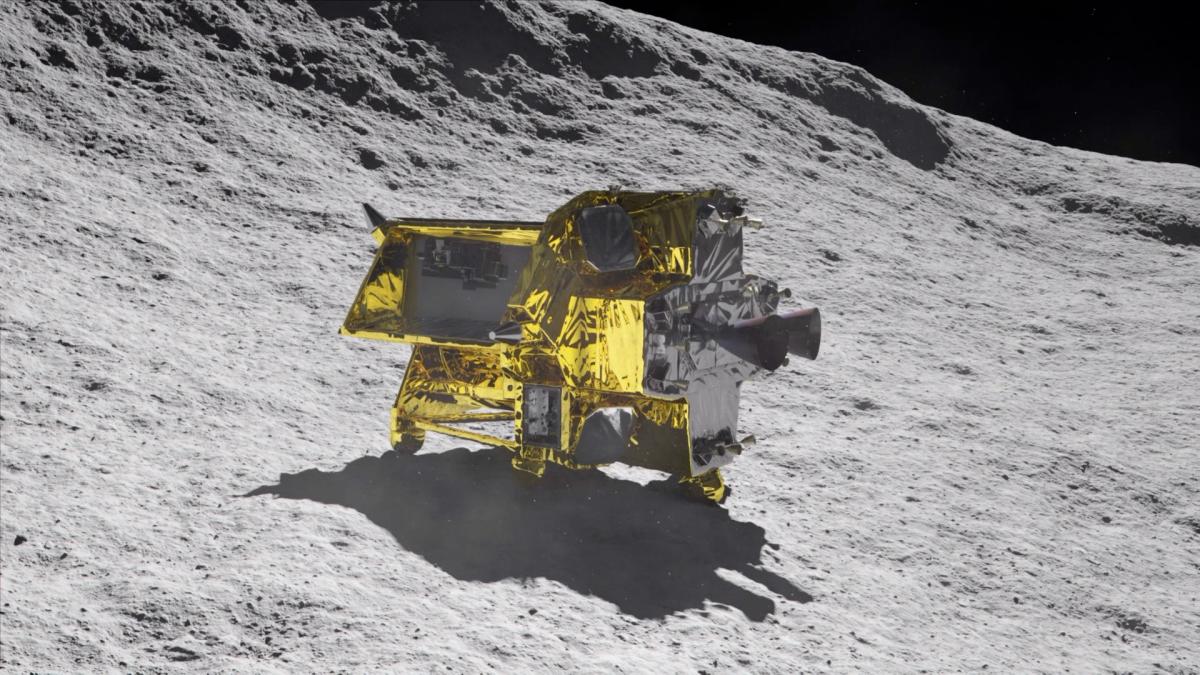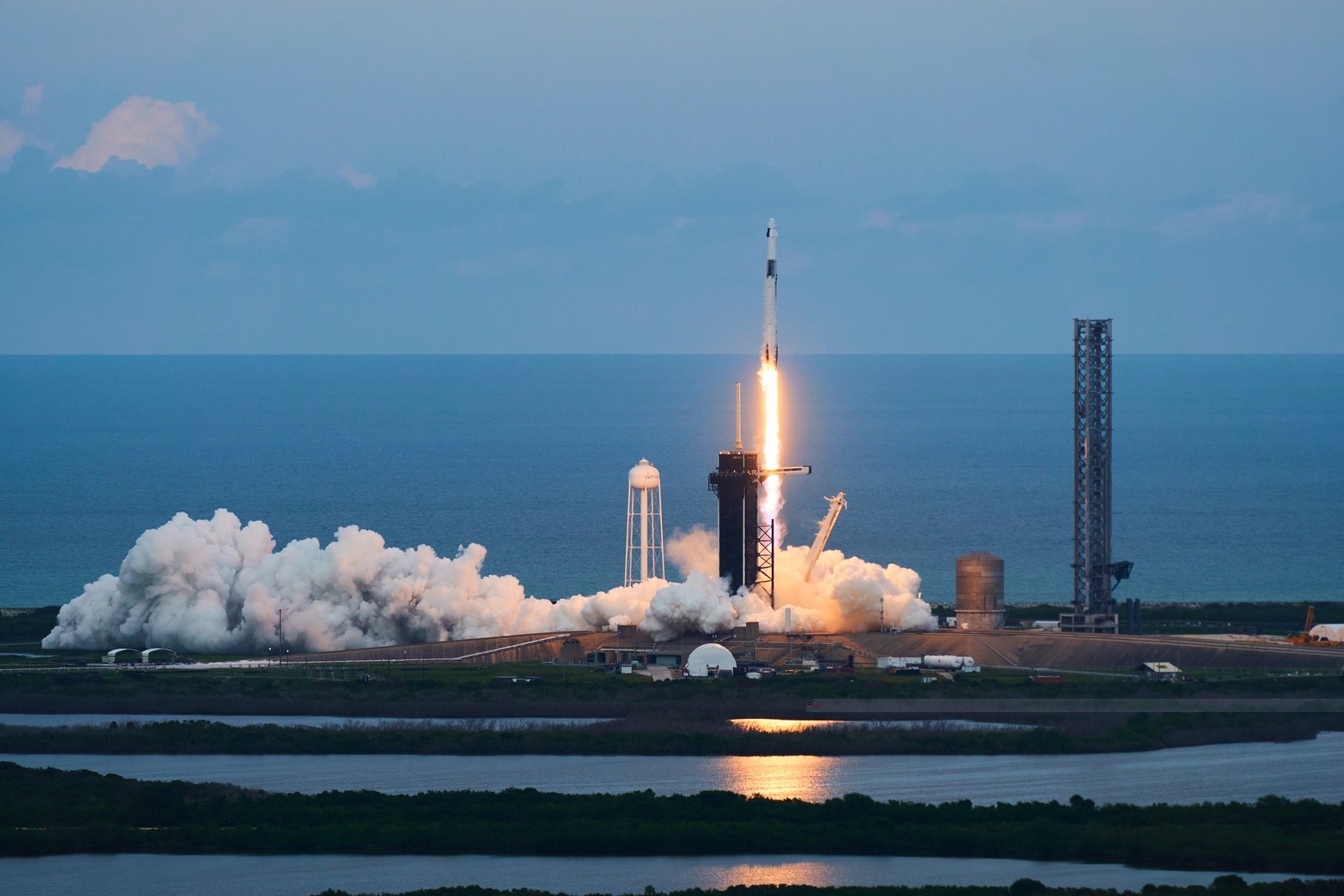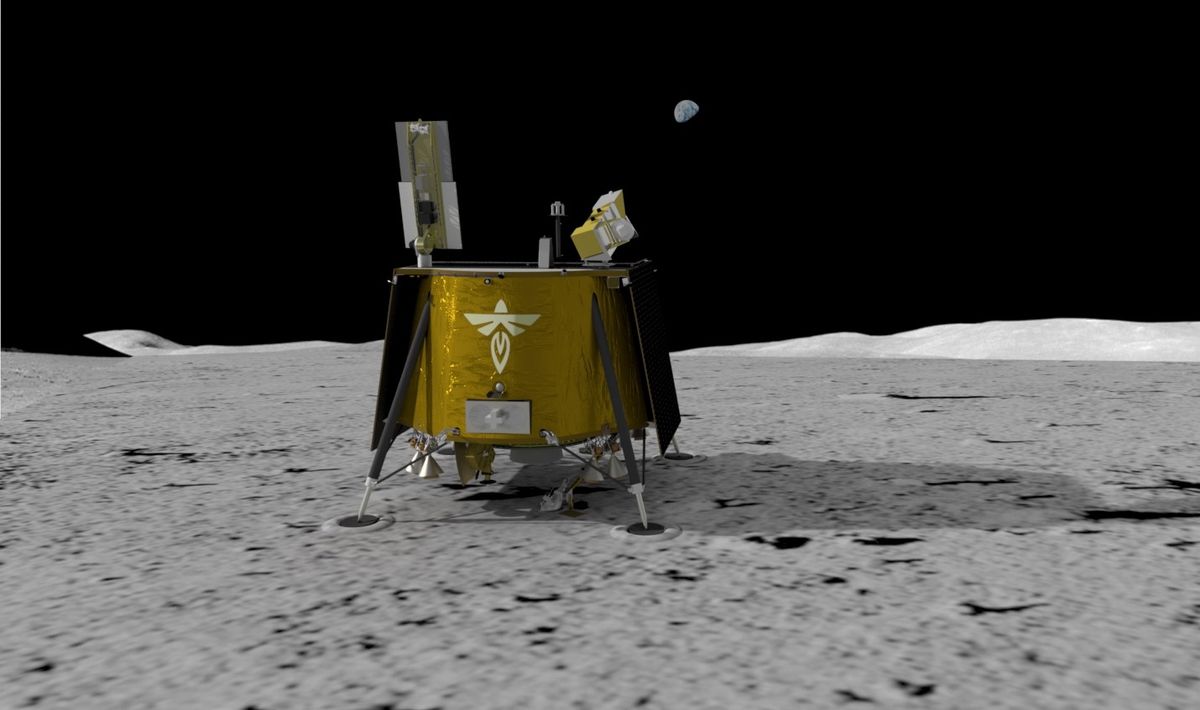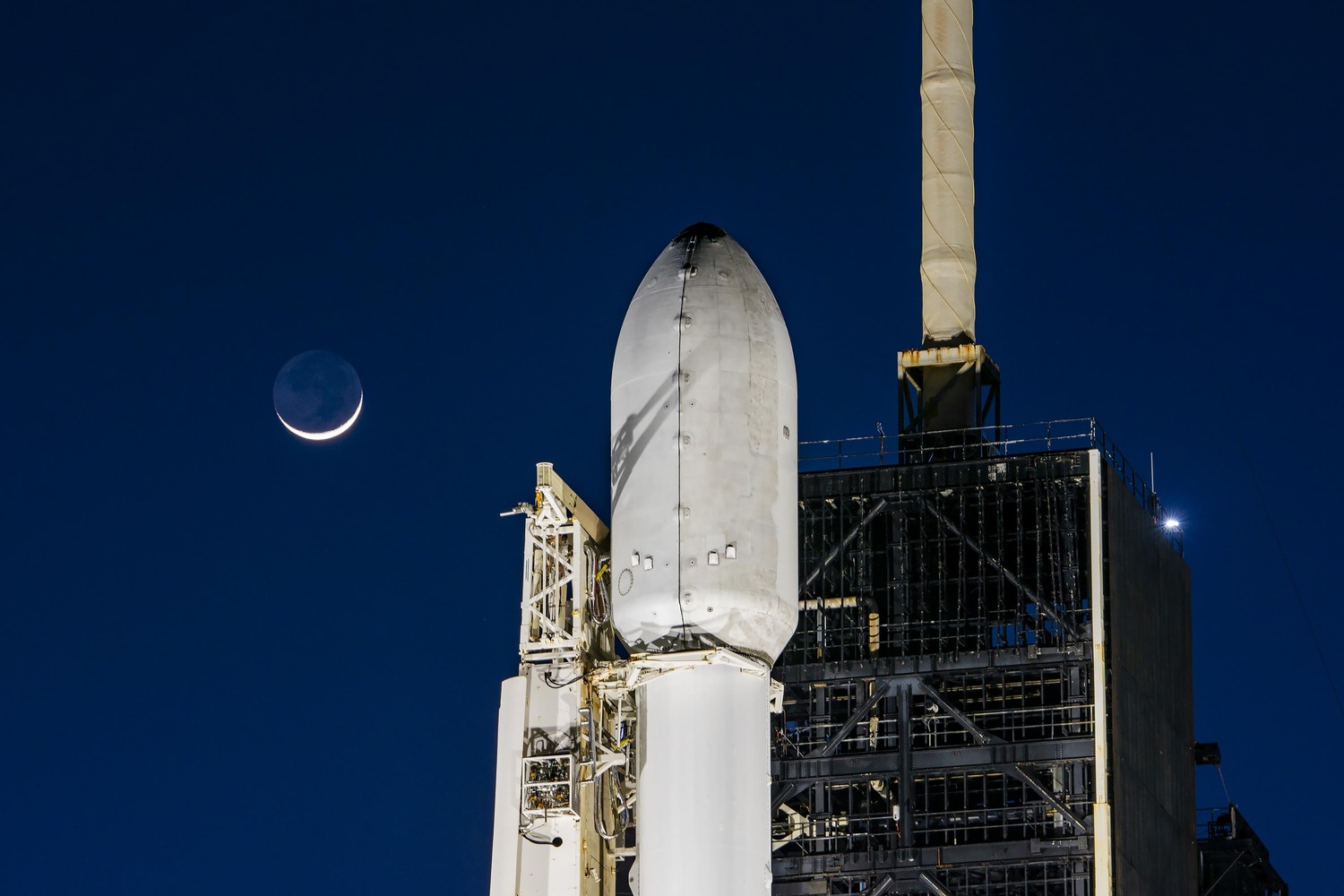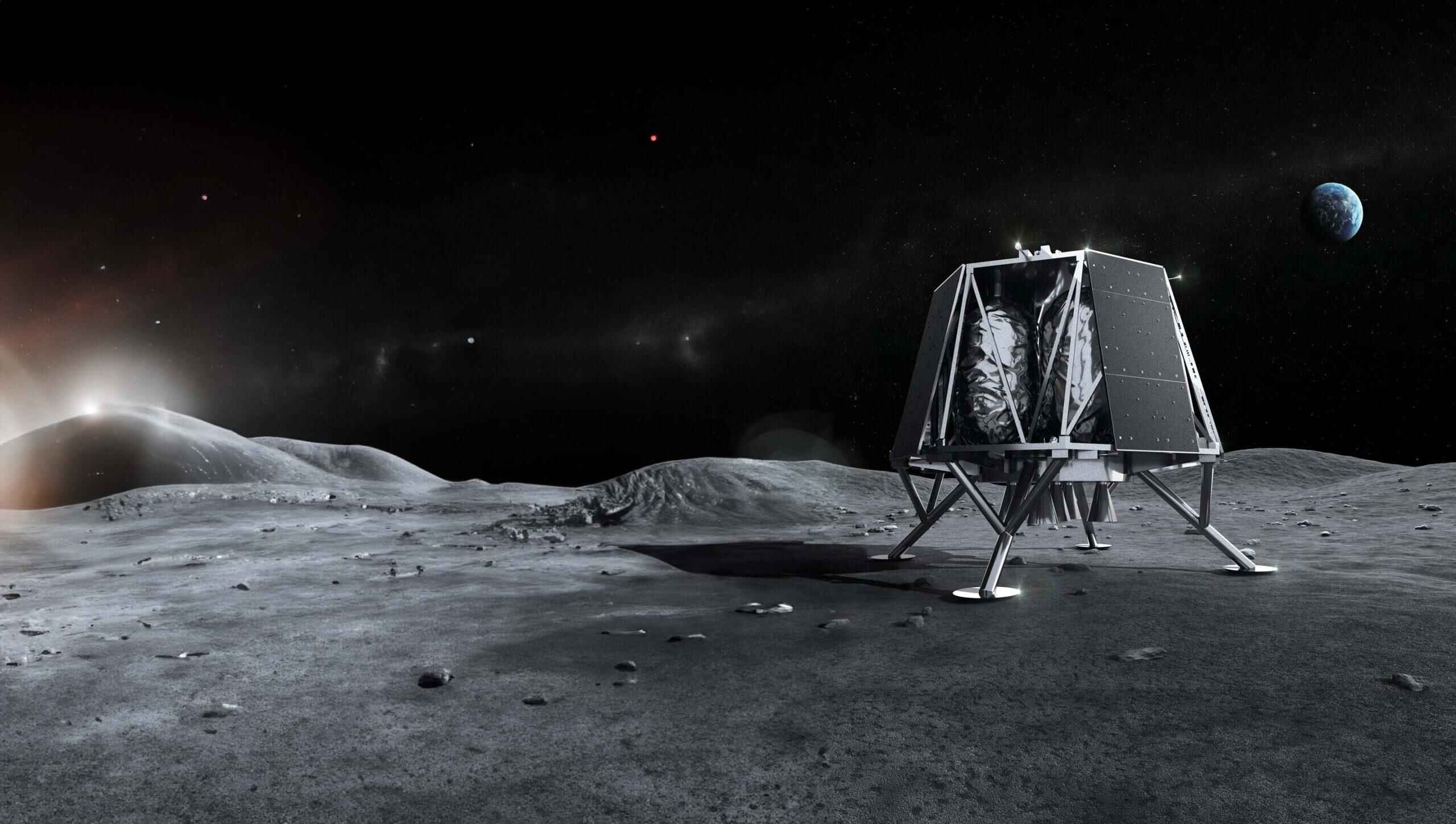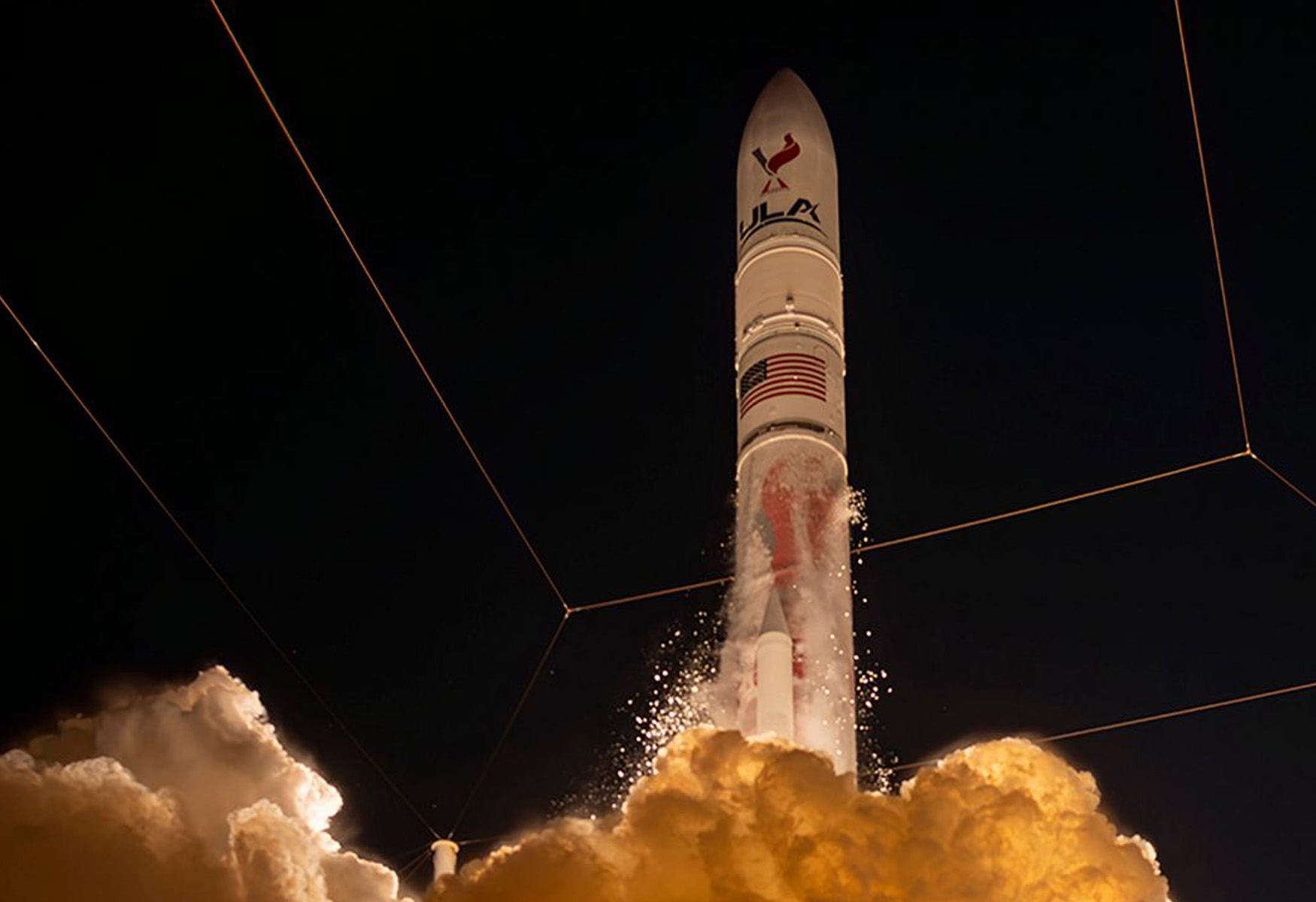Japan’s first lunar lander, the Smart Lander for Investigating Moon (SLIM), has faced a setback as it powered down on the moon due to an issue with its solar cells. The Japan Aerospace Exploration Agency (JAXA) has reported that the solar cells were unable to generate electricity, leading to the lander’s power down. However, there is hope for a turnaround as the agency anticipates a change in the direction of the sun’s rays.
Key Takeaway
Japan’s SLIM lander encountered a power issue on the moon due to a solar cell anomaly, prompting the lander to power down. Despite this setback, the mission has achieved significant milestones, and efforts are underway to address the power challenge and analyze the mission data.
Challenges Faced by SLIM
After successfully touching down on the moon’s surface, SLIM encountered difficulties with its solar cells. The telemetry data revealed that the solar cells were facing west, posing a challenge in generating power. JAXA has indicated that if sunlight begins to shine on the lunar surface from the west, there is a possibility of power generation, and preparations for recovery are underway. The lander is designed to operate solely on power from the solar cells, emphasizing the significance of resolving this issue.
Positive Achievements Amidst Setback
Despite the power issue, Japan’s mission has achieved significant milestones. The agency obtained valuable data during the landing descent and on the lunar surface. Additionally, the deployment of two rovers from the lander onto the moon’s surface was successful, contributing to the mission’s overall accomplishments.
Looking Ahead
JAXA is actively addressing the solar cell anomaly and plans to provide further updates on the spacecraft’s status. While the exact cause of the misalignment after landing has not been disclosed, the agency remains optimistic and is eager to analyze the data obtained from the mission.







